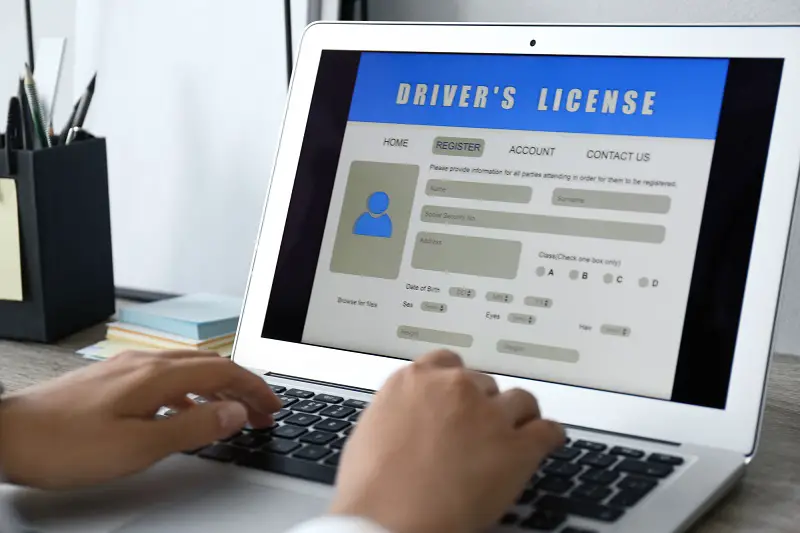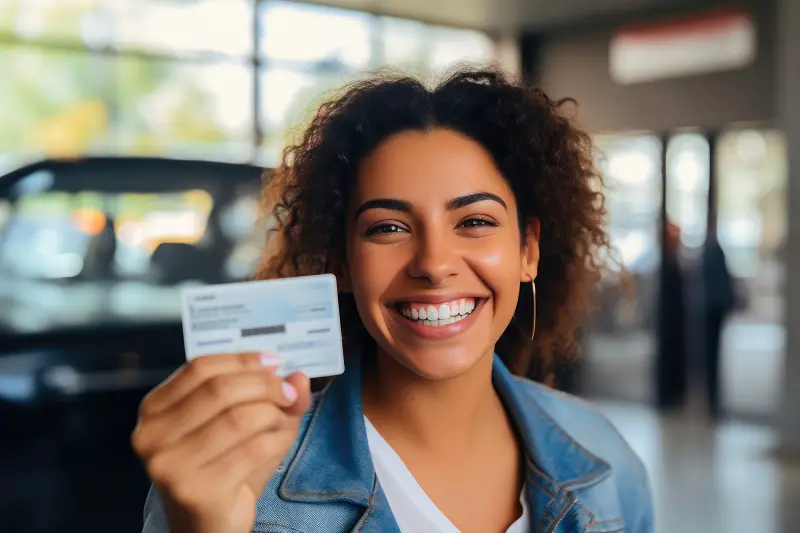Getting a driver’s license is a practical step toward independence and convenience. However, the process can be tricky, especially when it comes to paperwork. Having the right documents ready is crucial to a smooth application.
Understanding what to bring and why it matters can simplify securing a driver’s license. Let’s get started on making your application process as easy as possible.
Understanding The Driver’s License Application Process
Getting a driver’s license starts with meeting eligibility criteria like age and residency. Central to this process is gathering the right documents.
You’ll then take a written test and a vision exam to verify your understanding of road rules and visual health. Passing these tests leads to the driving exam, where your driving skills are put to the test.
The final steps include completing paperwork, paying fees, and taking a photo for the license. After these steps, the Department of Motor Vehicles (DMV) issues your license, either immediately or by mail.
Proper preparation at each stage is essential, especially with your documentation.
Key Document 1: The MV-44 Form
The MV44 form (Application for Permit, Driver License, or Non-Driver ID Card) is crucial for your driver’s license application. It’s used for both new applications and renewals. This form collects your personal details such as name, date of birth, address, and Social Security number. Accuracy here is important to prevent delays.
You’ll also answer questions about your health and driving history, which are key for assessing driving eligibility. Make sure to respond honestly to these queries.
On the MV-44, indicate the type of license you need—standard, REAL ID, or Enhanced. A Standard License is for basic driving. A REAL ID is also suitable for domestic flights and federal facilities, while an Enhanced License additionally allows certain border crossings without a passport.
Remember, your signature on this form verifies that your information is accurate and true. Filling it out correctly is important for a straightforward application process.
Key Document 2: Primary Identification
Primary identification is essential for your driver’s license application, as it verifies your identity. Common choices include a birth certificate or a passport. Some states may also accept a state-issued ID or military ID.
Make sure your primary identification is valid and current; expired documents are typically not accepted. For a birth certificate, use an original or certified copy. If using a passport, ensure it’s not expired.

Consistency is crucial, so your name and date of birth on this document should match those on your other application documents. If there’s a name difference due to marriage or other reasons, additional documents like a marriage certificate may be required.
Selecting an appropriate and valid primary ID is a fundamental step in ensuring a seamless application process.
Key Document 3: Proof Of Residency
Proof of residency is required to confirm you live in the state where you’re applying for a driver’s license. Common documents for this include recent utility bills, bank statements, or lease agreements. These should show your name and current address, matching the details on your MV-44 form and other documents.
Utility bills like electricity or water bills are widely accepted. They should be official bills, not just receipts. Bank statements must be formal statements from your bank, and lease agreements should be original or certified copies showing your name as a resident.
Additional documentation, such as a parent’s bill with a residency statement, may be required for minors or those living with others. Ensure your proof of residency is up-to-date and legible to advance your application process.
Key Document 4: Social Security Number Verification
Verifying your Social Security Number (SSN) is a necessary step in the driver’s license application. Your Social Security card is the primary choice for this. If unavailable, a W-2 form, paycheck stub, or SSA-1099 form can also be used. These should be original documents showing your full SSN.
Ensure the name on your SSN document matches the one on your primary identification and MV-44 form. Non-citizens may need to present additional documents like immigration forms.
Check with your local DMV for accepted documents for SSN verification. Correct and careful presentation of these documents is vital to ensure a smooth application process.
Preparing for Your DMV Visit
Before your visit to the DMV, have all your essential documents organized and ready.
It’s important to note that many tasks related to the application can now be initiated or completed online, such as scheduling appointments or filling out forms. It’s worth checking your state’s DMV website to see what you can do online to save time. However, for certain steps like identity verification, tests, and finalizing your application, a physical visit is typically required.
On the day of your visit, aim to arrive early. Be prepared to take any required tests, have your photo taken, and pay the relevant fees. Efficient preparation can significantly streamline your experience, making it as hassle-free as possible.
Final Thoughts
The process of obtaining a driver’s license can seem intricate, but with thorough preparation, it becomes a straightforward task. Having the correct documents and a clear understanding of the process allows you to approach the DMV with confidence.
Investing time in preparation today leads to an efficient experience tomorrow. With all the requirements met, you’re ready for this significant milestone, opening up new possibilities with your driver’s license.

